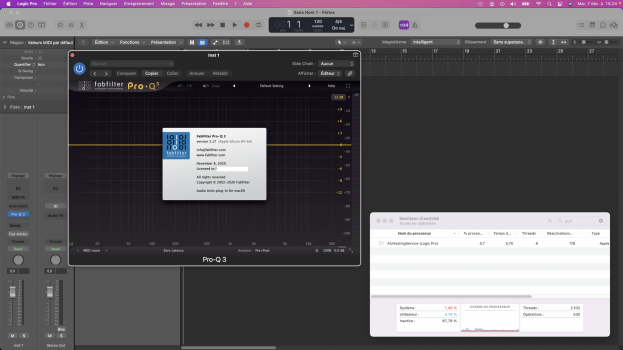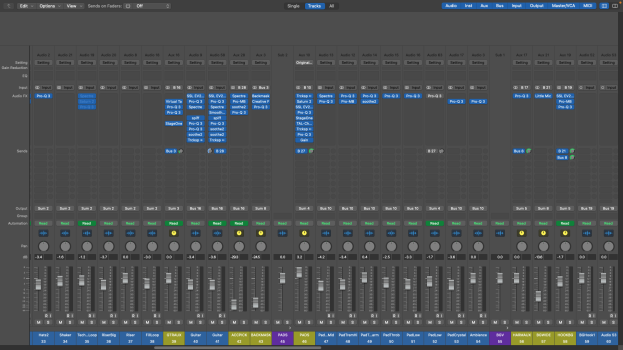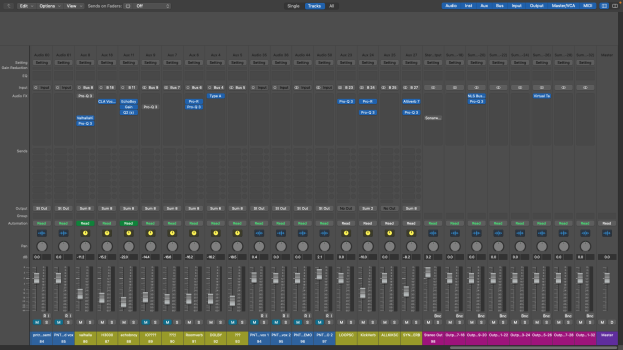Hi
When i put a native M1 plugin in logic, a lot of them start with a small window that expands to a big regular one. This feels quite bizarre, like there's some conversion going on behind the scene, even though the plugin is native.
Now i've noticed something in activity monitor : as SOON as you launch a M1 arm native third party plugin, a process appears, named AUHostingService (Logic Pro). This process is the one using the CPU for the third party plugin, not Logic Pro. It actually uses more CPU than Logic in my last session.
If you run Logic Pro in rosetta mode, the AUHostingService process never shows up, no matter which plugin you run.
While i can understand this process would show up for plugins that are NOT native, why does it handle CPU performance for native ones ?? Can't logic handle this by itself ? Can someone explain ?
As a few other people here, i've been having issues with my M1 macbook pro in logic, and i'm wondering if the Logic we've been using is just a bad beta version... This feels really amateurish
Thanks
When i put a native M1 plugin in logic, a lot of them start with a small window that expands to a big regular one. This feels quite bizarre, like there's some conversion going on behind the scene, even though the plugin is native.
Now i've noticed something in activity monitor : as SOON as you launch a M1 arm native third party plugin, a process appears, named AUHostingService (Logic Pro). This process is the one using the CPU for the third party plugin, not Logic Pro. It actually uses more CPU than Logic in my last session.
If you run Logic Pro in rosetta mode, the AUHostingService process never shows up, no matter which plugin you run.
While i can understand this process would show up for plugins that are NOT native, why does it handle CPU performance for native ones ?? Can't logic handle this by itself ? Can someone explain ?
As a few other people here, i've been having issues with my M1 macbook pro in logic, and i'm wondering if the Logic we've been using is just a bad beta version... This feels really amateurish
Thanks






